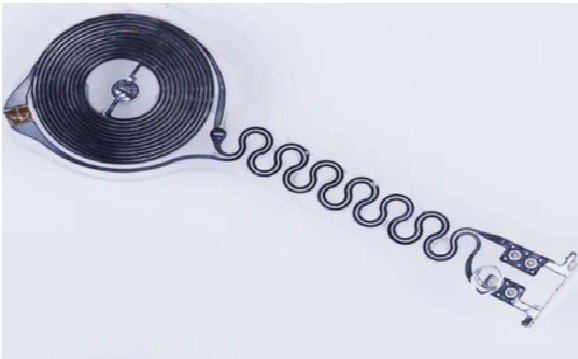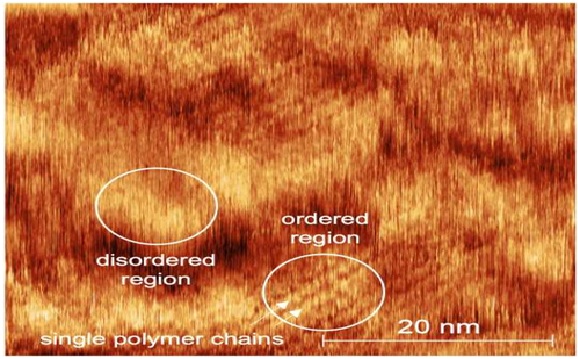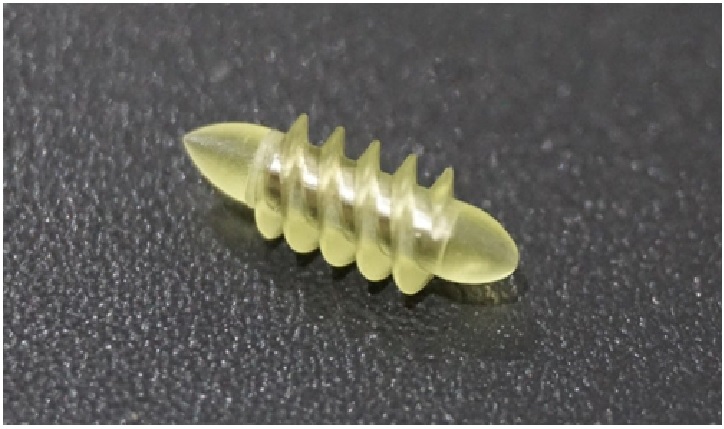Indian-Origin Engineer Leads UK Team that Creates Skin which Feels "Pain"
A team of researchers led by an Indian-origin engineer in the UK has created an electronic skin capable of feeling "pain" and according to them it could help create a new generation of smart robots with human-like sensitivity. Professor Ravinder Dahiya, from the University of Glasgow's James Watt School of Engineering, said the discovery marks a real step forward in work towards creating large-scale neuromorphic printed e-skin capable of responding appropriately to stimuli. [1]

Figure 1. Indian-Origin Engineer Leads UK Team that Creates Skin which Feels "Pain"
Figure 1 shows his team at the university developed the artificial skin with a new type of processing system based on synaptic transistors, which mimics the brain's neural pathways in order to learn. A robot hand which uses the smart skin is said to show a remarkable ability to learn to react to external stimuli. [2]
In a new paper ‘Printed Synaptic Transistors based Electronic Skin for Robots to Feel and Learn', published on Wednesday in the journal ‘Science Robotics', the Scottish university researchers describe how they built their prototype computational e-skin, and how it improves on the current state of the art in touch-sensitive robotics. [2]
Building an artificial skin with touch sensitivity is a topic of much interest and is being explored by scientist for a long time now. One of the most well-known method used for this is by spreading an array of contact or pressure sensors through the electronic skin's outer layer to allow it to learn when it comes into contact with an object. [3]
To build an electronic skin capable of a computationally efficient, synapse-like response, the researchers printed a grid of 168 synaptic transistors made from zinc-oxide nanowires directly onto the surface of a flexible plastic surface. Then, they connected the synaptic transistor with the skin sensor present over the palm of a fully-articulated, human-shaped robot hand.
When the sensor is touched, it registers a change in its electrical resistance - a small change corresponds to a light touch, and harder touch creates a larger change in resistance. This input is designed to mimic the way sensory neurons work in the human body. [4]
References:
- https://newslogic.in/science/indian-origin-engineers-team-create-e-skin-that-can-feel-pain-might-help-to-develop-new-generation-robots
- https://gadgets360.com/science/news/indian-origin-engineer-ravinder-dahiya-team-create-e-skin-feel-stimuli-next-generation-robots-3032688
- https://economictimes.indiatimes.com/magazines/panache/robots-can-now-feel-pain-team-of-uk-scientists-led-by-indian-origin-engineer-develop-e-skin/articleshow/91977307.cms
- https://www.ndtv.com/indians-abroad/indian-origin-engineer-s-uk-team-creates-e-skin-that-can-feel-pain-3032244\
Cite this article:
Thanusri swetha J (2022), Indian-Origin Engineer Leads UK Team that Creates Skin which Feels "Pain", AnaTechMaz, pp.142















